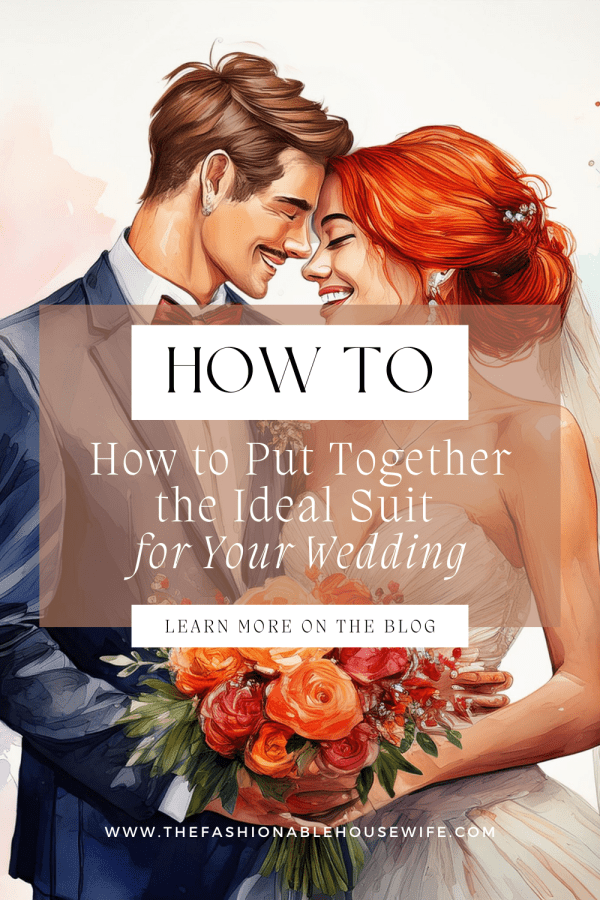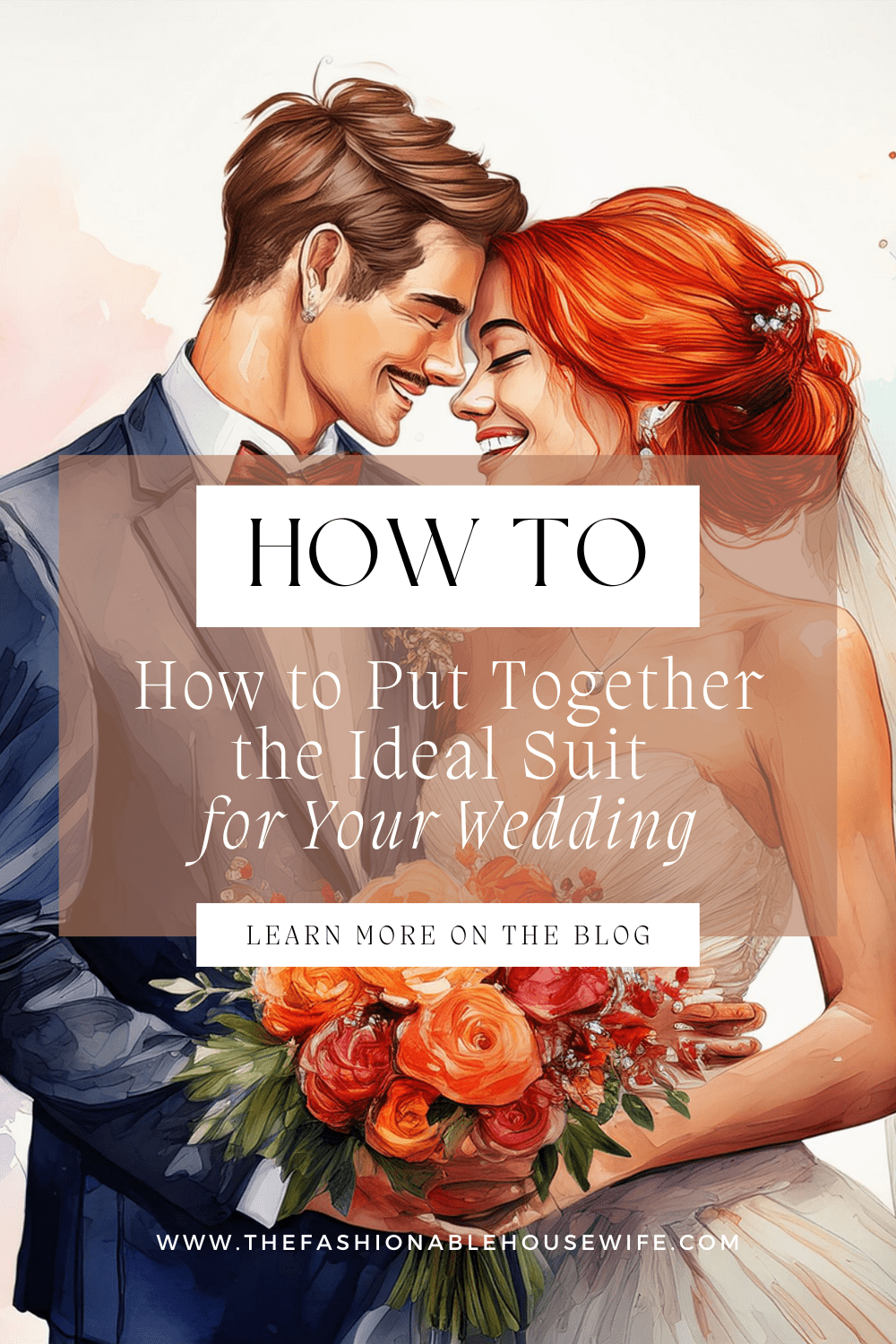How to Put Together the Ideal Suit for Your Wedding

The wedding day is one of the most memorable occasions in a person’s life, and having a well-tailored suit is essential to feel both stylish and confident. Building a suit that complements not only your personal style but also your partner’s wedding dress can create a cohesive, unforgettable look. Here’s a guide on how to create the ideal suit for your wedding, step by step.
Section 1: Start with the Basics – Fabric and Color
To create a wedding suit that’s both stylish and comfortable, begin with foundational decisions like fabric and color.
- Fabric Choice: Choosing the right fabric is key to a suit’s comfort and elegance. Wool suits are often ideal for weddings due to their versatility and natural drape. For warm weather weddings, cotton or linen can provide a breathable option, while blends offer durability.
- Color Selection: Wedding suit color depends on the wedding’s formality and theme. Classic choices like black, navy, and gray remain timeless and suit most wedding styles. However, if you’re aiming for a bolder look, other shades can bring personality. Matching or coordinating with your partner’s dress is also a great way to highlight both outfits, build your suit with attention to every detail.
Section 2: Fit and Structure – Choosing the Right Style
The fit and structure of a suit are essential in ensuring you feel comfortable and look sharp throughout the ceremony and reception.
- Types of Suit Fits: When it comes to wedding suits, fit is key. Slim fits offer a modern, tailored look; classic fits allow for a more relaxed style; and modern fits provide a middle ground that balances comfort with elegance. Selecting the right fit for the day can help you feel comfortable and confident as you celebrate.
- Jacket Structure: A single-breasted jacket is versatile and generally ideal for wedding suits, but a double-breasted jacket adds an extra level of formality and can pair beautifully with a wedding gown in a traditional setting. Consider the level of structure you want—fully lined for cooler weather or unlined for a breathable, relaxed feel.
Section 3: Customizing Key Details
Custom details in a wedding suit bring a sense of individuality and elevate the overall wedding attire.
- Lapels, Buttons, and Vents: Notched, peaked, and shawl lapels each bring a different level of formality, with peaked and shawl lapels offering a sophisticated touch. For weddings, a two-button or three-button jacket typically offers the best balance between style and ease of movement, while a double vent adds flexibility—ideal for a day filled with dancing and mingling.
- Pockets and Linings: Customizing your pocket style (flap, patch, or jetted) can help tailor the suit’s look to the wedding’s theme. Opting for a unique lining inside the suit, such as a pattern or color that holds special meaning, can be a subtle yet memorable detail.
- Accessories and Fragrance: Accessories add personality to wedding attire. A tie or bow tie that matches the theme, personalized cufflinks, and a pocket square can elevate the suit’s style. Choosing the right fragrance adds a final touch, creating a subtle, memorable impression that complements the special day. Together, these details bring an added layer of sophistication and individuality to your ensemble.
Section 4: Personal Touches – Accessorizing Your Suit
The right accessories bring the wedding suit together and can be coordinated with the wedding colors or theme.
- Ties, Pocket Squares, and Cufflinks: For a wedding, ties and pocket squares are often chosen to match the wedding colors or even the bridal bouquet. Cufflinks can be customized with initials or a meaningful symbol, adding a sentimental touch to your attire.
- Shoes and Belts: Black leather shoes and matching belts are classic choices for a formal wedding, while brown accessories add warmth to lighter suits. Ensure that these elements coordinate well, creating a polished, cohesive look that complements the wedding dress.
Section 5: The Fitting Process – Ensuring a Perfect Fit
Perfecting the fit of your suit is essential, especially for a day as important as your wedding.
- Measurements and Adjustments: Have precise measurements taken to ensure the suit fits perfectly. Key areas to check include the sleeve length, waist, and trouser length. It’s essential for the suit to look sharp and tailored, matching the elegance of the wedding dress.
- Final Fitting and Trial Run: Schedule a final fitting well before the wedding to allow for any last-minute adjustments. Trying on the full look, including accessories, ensures that everything fits together perfectly. Doing a trial run with your complete attire allows you to make sure every detail harmonizes with your partner’s wedding look.
Conclusion
Crafting the ideal wedding suit is all about balancing timeless style with custom touches that reflect your unique love story. By following this guide, you’ll create a suit that not only looks perfect but also adds to the beauty and significance of your wedding day. A thoughtfully built suit doesn’t just make you look good—it makes you feel ready for one of the most important days of your life.

